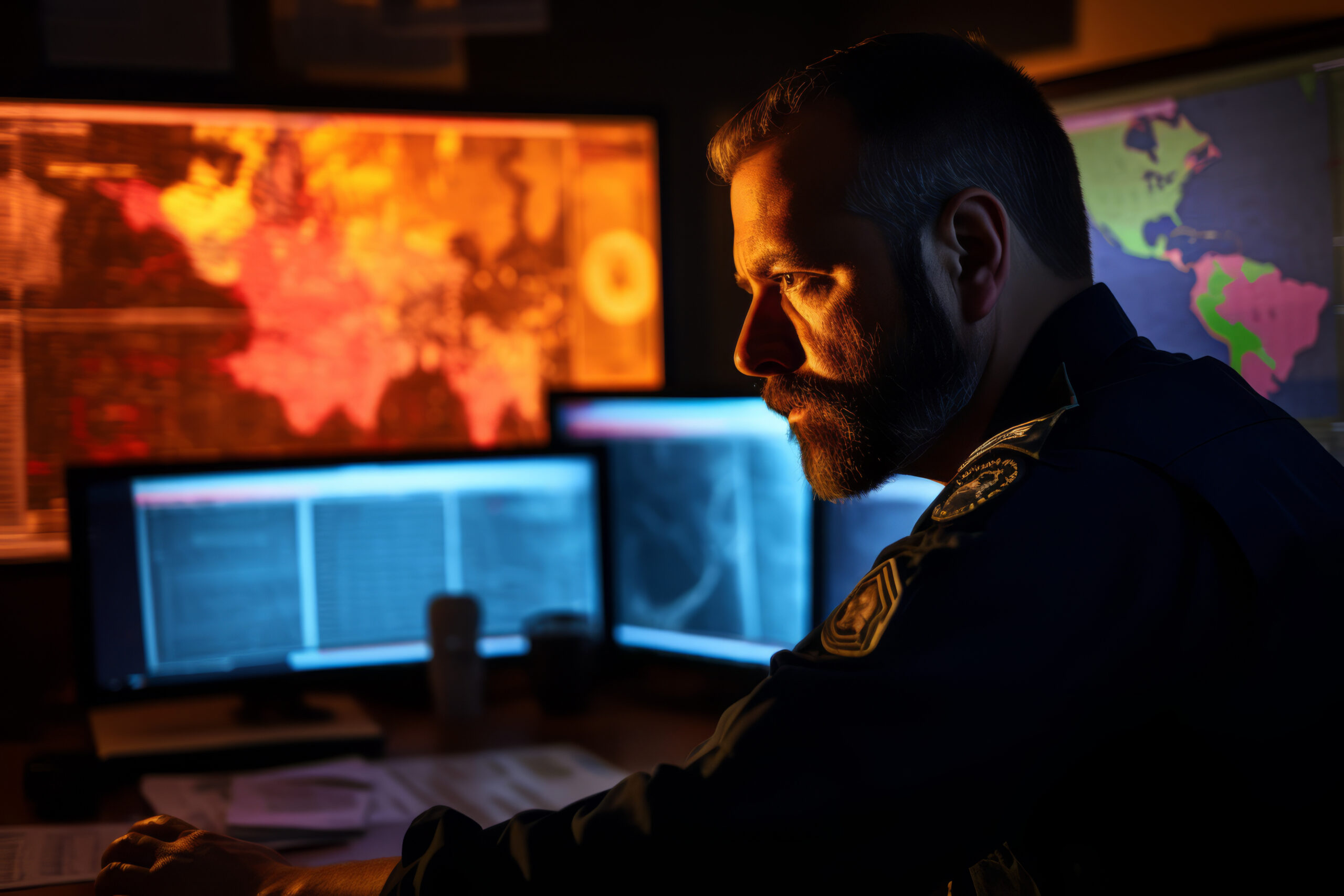Once unthinkable, the act of a gunman entering a university or institute of higher education (IHE) campus with the sole intent of doing harm to faculty, staff, students and visitors has become an all too common occurrence. With this as the reality, if the call comes in that shots have been fired, is your campus adequately prepared to address the situation? Active shooter scenarios are dynamic and evolve quickly. Therefore, proper emergency management preparation and the availability of information on your campus can prove significant in promoting situational awareness and saving lives.
Conduct Live Exercises
Just as your IHE may practice drills for severe weather and fires, practicing for an active shooter event should become part of your standard operating procedures. Your institution should train faculty, staff and students during the onboarding process and on an annual basis to keep information fresh and current.
An effective exercise includes participation by all members of your institution, and it should also include working with first responders and campus safety personnel to coordinate efforts and avoid possible confusion during a live event. Each participant should be able to identify violent situations, understand how to respond, know what actions they should take and work with law enforcement to aid in their response instead of impeding their ability to control the situation.
Establish a Threat Assessment Team
The United States Secret Service and United States Department of Education released Threat Assessment in Schools: a Guide to Managing Threatening Situations and to Creating Safe School Climates to help prepare for school attacks. This guide recommends fostering a culture of respect, creating connections between adults and students and breaking the “code of silence” to aid in prevention.
Threat assessment teams, composed of campus administrators, counselors, employees, medical and mental health professionals, resident aids, public safety officers and law enforcement personnel, can help evaluate situations and concerns before they arise. Meeting to discuss threats allows these groups to quickly share information, ideas, experiences and concerns. Furthermore, it allows the individuals involves to develop solutions that address the most pressing issues affecting emergency preparedness at IHEs.
Ensure Campus Hospital Preparedness
Preparing for an active shooter incident is critical for everyone on campus, but it is even more so for the medical personnel on university campuses. The medical facilities on campus must be included in every step of the emergency planning process because it is this team that is expected to manage the potential intake and triage of injured faculty, staff and students. Even in an active shooter scenario, these medical professionals are expected to provide adequate medical care. Without the proper preparation and resources, this could be a difficult to impossible feat.
Having an incident management system that allows your institute of higher education to preform exercises, document threat assessments and communicate with outside organizations is vital to the safety of faculty, staff and students in active shooter situations and a number of additional emergency scenarios.



